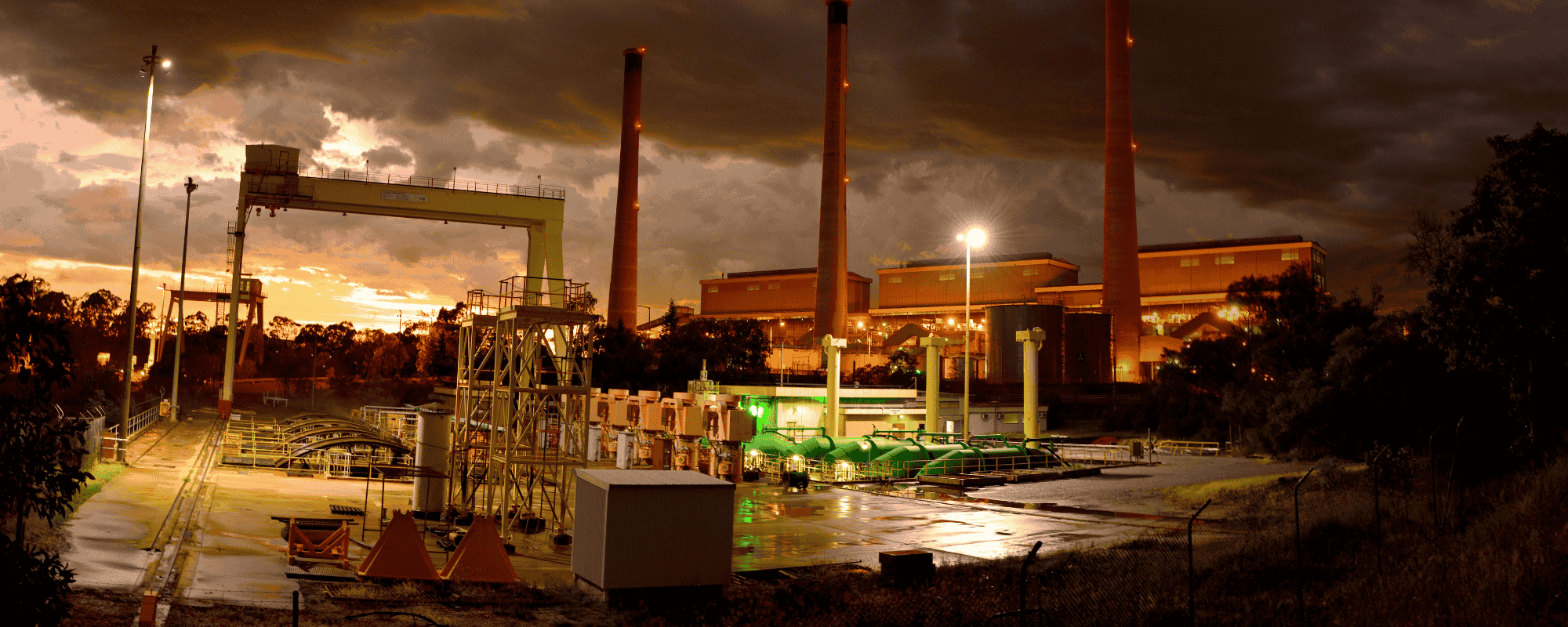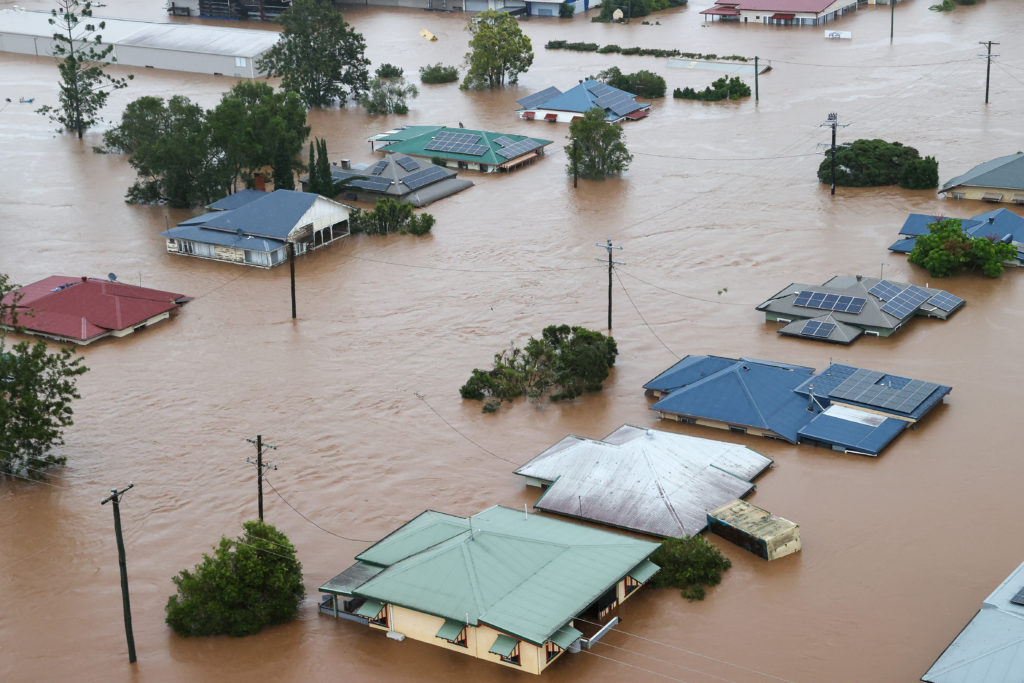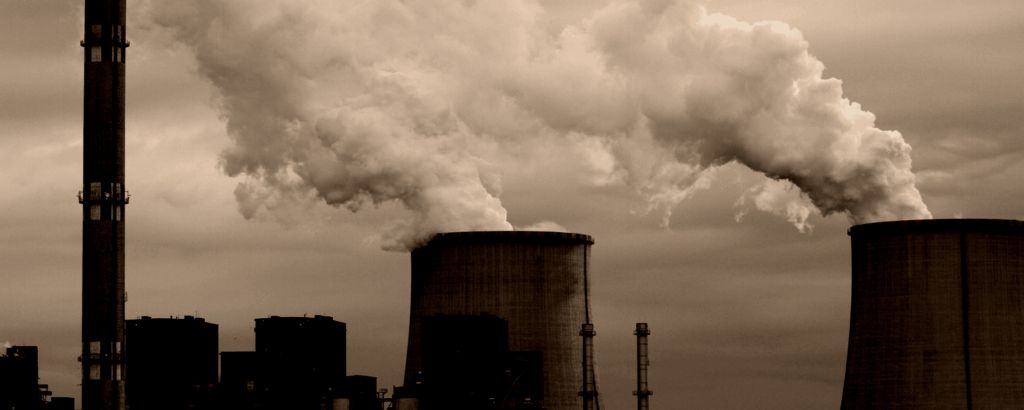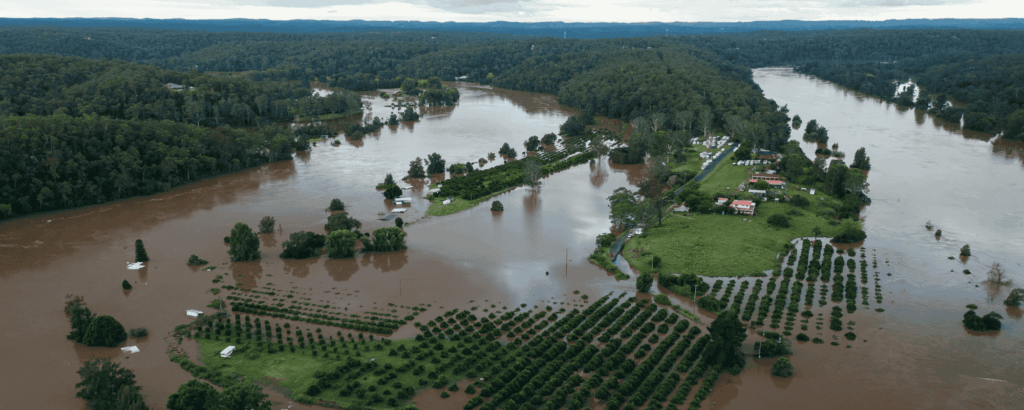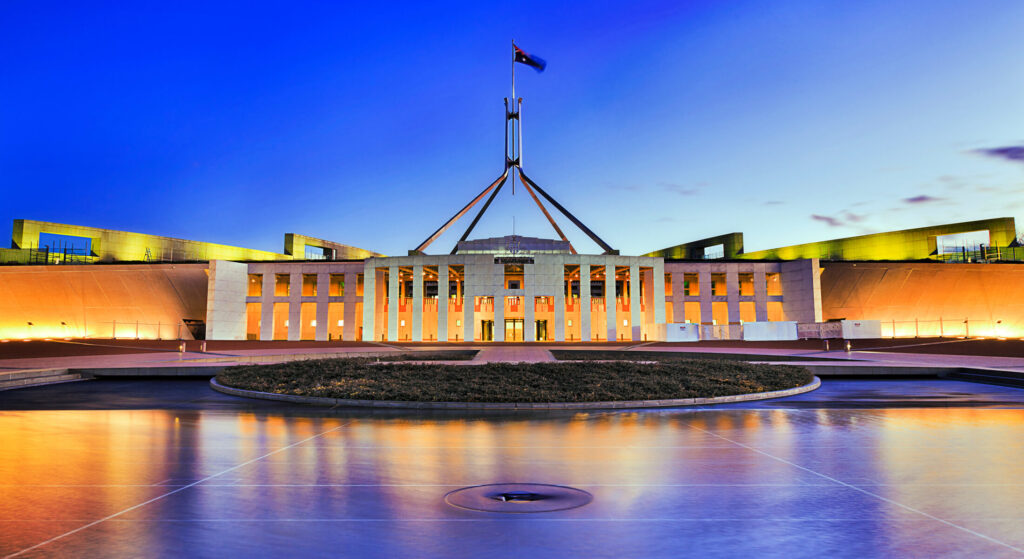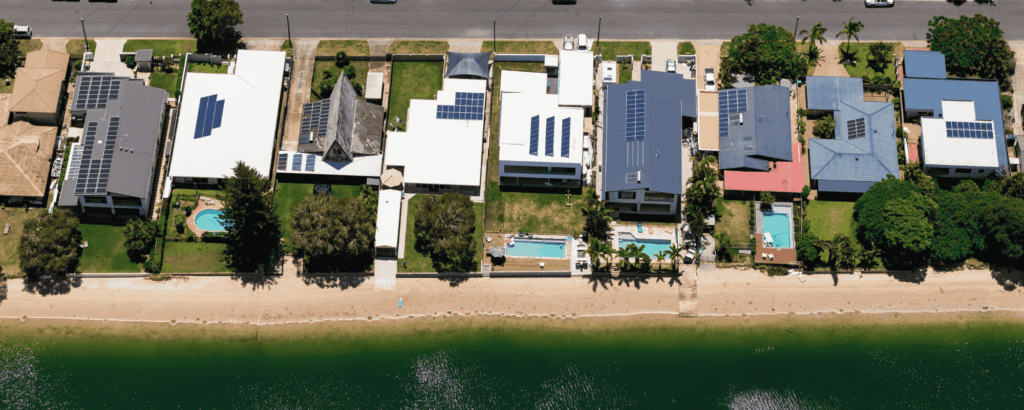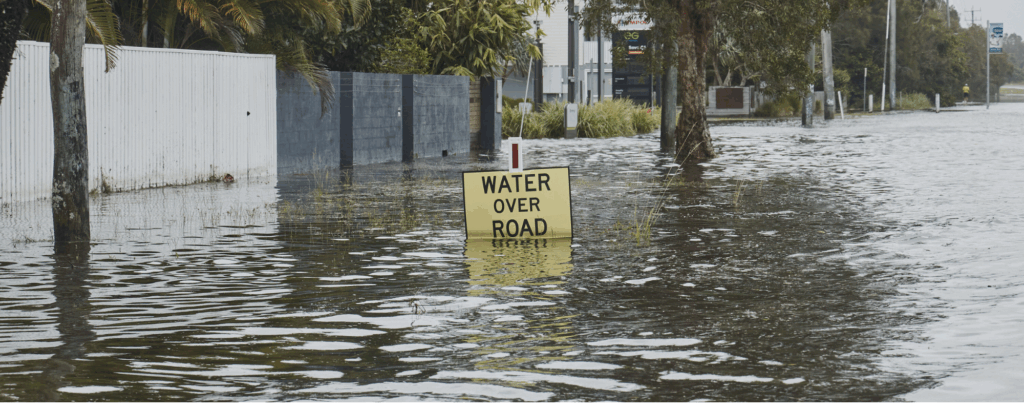Updated: 13 Nov 2025
Despite championing climate action during the 2025 Federal Election, one of the re-elected Albanese Government’s first acts was the proposed approval of a 45-year extension of Woodside’s North West Shelf gas export project – Australia’s second most polluting fossil fuel extraction project.
Now, as the Albanese Government seeks to reform Australia’s national environment law that determines whether projects that impact the environment – like fossil fuels – ,can go ahead, it has once again facilitated a flurry of fossil fuel developments.
Fossil fuel projects approved during the Albanese Government’s second term:
| Date | Project | Time frame | Status | Estimated lifetime emissions1 |
| 14 October 2025 | Gorgon Gas Development: Backfill Fields | Until 2070 | Approved | 3.1 Mt CO2-e |
| 12 September 2025 | Extending a major gas export project: Woodside’s North West Shelf gas export extension. | Until 2070 | Approved | 3,955 Mt CO2-e |
| 7 July 2025 | New offshore gas extraction near Victoria’s Otways: Cooper’s East Coast Supply Project | Until 2045 | Approved | 41 Mt CO2-e |
| 27 Aug 2025 | A major gas export project off the WA coast: Woodside’s Goodwyn Area Infill Development | Until 2040 | Approved | 102 Mt CO2-e |
| 28 Aug 2025 | Expanding a thermal coal mine:Glencore’s Ulan Coal Modification 6 | Until 2035 | Approved | 42 Mt CO2-e |
| Total climate pollution: | 4.14 billion tonnes CO2-e ~9.5 times Australia’s current annual emissions | |||
In their first term, the Albanese Government approved 27 new coal, oil and gas developments. The five new approvals this term brings the total to 32.
Lifetime pollution from these 32 projects, directly and from combustion of the coal and gas they produce, is expected to exceed 6.5 billion tonnes of CO2-e. That’s equivalent to about one-eighth of global annual emissions, about 15 years of Australia’s current emissions, or 159 years of the emissions from all of Australia’s cars and utes.
But there are even more projects seeking Federal government approval. There are currently 42 further new or expanded coal mines seeking Federal Government approvals, with the potential to release more than 8.7 million tonnes of pollution every year in the 2030’s. This is equivalent to more than all Australia’s domestic flights every year (more than 600,000). These projects present a substantial risk to achieving both Australia’s climate targets and global goals of keeping warming well below 2ºC.
Australia’s fossil fuel exports are a globally-significant source of pollution
Australia is the world’s third-largest fossil fuel exporter based on energy content, and the second largest by climate pollution content. Each year, Australia exports 2.5 tonnes of climate pollution for every tonne of pollution released in Australia. These emissions – no matter where they’re emitted – harm Australians by heating the global climate and exacerbating extreme weather events.
While most emissions from Australian fossil fuel projects occur overseas, these projects also represent a significant drag on Australia’s domestic decarbonisation efforts. Fossil fuel extraction is one of Australia’s most polluting sectors. Fossil fuel projects cause significant direct pollution, both from the diesel used for machinery and trucks, and the escape of ‘fugitive’ emissions previously locked in coal and gas deposits. In 2035 the sector is expected to emit 62 Mt CO2-e, about 21% of our total emissions, or more than the emissions from every car, ute and truck in 2035.
A national target includes all sectors. If the fossil fuel export industry grows and takes up more of our national target, it means that other sectors need to do more work in meeting that target.
Impact on Australia’s 2035 targets
Since forming government in 2022, the Albanese Government has 32 approved coal, oil and gas projects which would directly emit 13 million tonnes of climate pollution in 2035, or 9.8 million tonnes if expected on-site abatement occurs2. This pollution impact is similar to all of Australia’s projected domestic flights in 2035, which are expected to release 11 million tonnes of pollution.
This excludes the emissions impact of five coal mines and four gas projects where proponent supplied emissions data could not be accessed. Disclosing expected emissions is not required under the current EPBC Act.
This pollution will have a direct impact on Australia’s ability to meet our new emissions reduction target of a 62-70% reduction by 2035. Climate Council analysis shows that the climate pollution from these approved developments is equivalent to 1.6 to 2.1 percentage points in 2035.
Put simply, the starting point for our 2035 emissions reduction target could have been up to two percentage points higher (i.e. closer to net zero), had the Albanese Government followed the clear scientific basis and stopped approving new and extended fossil fuel production.
The Safeguard Mechanism doesn’t neutralise these emissions
The Albanese Government has often claimed that the climate impacts of new and expanded fossil fuel projects are managed under the Safeguard Mechanism, and therefore innocuous. In reality, the Safeguard Mechanism doesn’t address these project’s domestic emissions.
This analysis has included the impact of the Safeguard Mechanism, finding it would only reduce the climate pollution released by these projects by less than one-quarter in 2035. These new projects will still represent more than 9.8 million tonnes of CO2-e emissions in 2035.
The Safeguard Mechanism does not properly address climate pollution from fossil fuel projects. In reality, it just requires projects to offset the share of their pollution which is above a certain ‘baseline’ level. It never requires projects to reduce their actual on-site emissions.
Australia’s climate laws do not govern project approvals. The Safeguard Mechanism only applies after a project is operating, and there is no federal law that allows a coal or gas project to be stopped because of its climate harm.
That’s why the Safeguard Mechanism cannot be used as a justification for approving fossil fuel projects. Every new coal and gas development adds more pollution — and more climate risk.
Fossil fuel developments approved under the Albanese Government
Approved coal projects:
| Project | Type | Approval notes | Approval date | Proponent estimated 2035 emissions (‘000 tonnes CO2e) | Approval source | Emissions source |
| Lake Vermont coal mine | Expansion | Approval extended to 2063 | January 2023 | Unknown | link | |
| Issac River coal mine | New | Approved with conditions | May 2023 | Unknown | link | |
| Star coal mine | New | Approval not required | June 2023 | Unknown | link | |
| Ensham coal mine | Expansion | Approved with conditions | July 2023 | 360 | link | link |
| Gregory Crinum coal mine | Expansion | Approved with conditions | August 2023 | Unknown | link | |
| Narrabri coal mine | Expansion | Approved with conditions | September 2023 | 1,360 | link | link |
| Ashton and Ravensworth coal mine | Expansion | Approved with conditions | September 2024 | 174 | link | link |
| Mount Pleasant coal mine | Expansion | Approved with conditions | September 2024 | 540 | link | link |
| Caval Ridge coal mine | Expansion | Approved with conditions | December 2024 | Unknown | link | |
| Boggabri coal mine | Expansion | Approved with conditions | December 2024 | 444 | link | link |
| Lake Vermont Meadowbrook coal mine | Expansion | Approved with conditions | December 2024 | 445 | link | link |
| Vulcan South coal mine | New | Approved with conditions | January 2025 | 107 | link | link |
| Ulan Coal Modification 6 – Underground Mining Extension | Expansion | Approved with conditions | August 2025 | 49 | link | link |
Approved oil and gas projects:
| Project | Approval type | Type | Approval notes | Approval date | Proponent estimated 2035 emissions (‘000 tonnes CO2e) | Approval source | Emissions source |
| West Erregulla Field Development Program | Expanded extraction | Onshore conventional (2x new conventional wells) | EPBC approved with conditions | October 2024 | Unknown | link | |
| Santos – Towrie | New extraction | Onshore – coal seam gas | EPBC approved with conditions | February 2023 | Unknown | link | |
| Atlas Stage 3 | New extraction | Onshore – coal seam gas | EPBC approved with conditions | June 2024 | Unknown | link | |
| Santos – Dorado | New extraction | Offshore | Offshore project plan proposal | February 2023 | 732 | link | link |
| Oil Field Carbon Capture Utilisation Storage (CCUS) Project (V2 04/07/2022) | Expanded extraction | Onshore (oil) | The Department determined this was not a controlled action, and therefore EPBC approval was not required, allowing the works to go ahead. | September 2022 | Unknown | link | |
| Otway Offshore Gas Victoria Project | New extraction | Offshore | Offshore project proposal approved | April 2025 | 45 | link | link |
| Woodside – North West Shelf (Karratha Gas Plant) | Extension | LNG processor | EPBC approval | May 2025 | 7,700 | link | link |
| East Coast Supply Project OPP | New extraction | Offshore | Offshore project proposal approved | July 2025 | 41 | link | link |
| Woodside – Goodwyn Area Infill Development OPP | New extraction | Offshore | Offshore project proposal approved | August 2025 | 53 | link | link |
| Gorgon Gas Development: Backfill Fields | New extraction | Offshore | Offshore project proposal approved | October 2025 | 75 | link | link |
Offshore exploration permits issued:
9 exploration permits were issued by the Resources Minister:
- Esso (ExxonMobil): 3x Otway Basin, 1x Sorell Basin
- Beach Energy – 1x Otway Basin
- Chevron – 1x Northern Carnarvon Basin (WA)
- Melbana – 1x Northern Carnarvon Basin (WA)
- Woodside – 1x Northern Carnarvon Basin (WA)
- Inpex – 1x Bonaparte Basin (NT)
1 Total emissions over approved project life in CO2 equivalent terms. Estimates based on proponent documents – see appendix. Includes on-site emissions, emissions from coal or gas combustion in Australia and overseas, and other indirect emissions.
2 On-site abatement is estimated based on current DCCEEW projections. By 2035, the Safeguard Mechanism is expected to incentivise reductions in direct emissions from oil and gas projects by 22.9%, and coal projects by 23.5% (including both fugitive emissions and on-site energy use). These projections are highly uncertain and based only on early post-reform data. Assuming this reduction applies homogeneously across relevant projects in 2035 would reduce the impact on 2035 emissions by 0.5 percentage points, to 1.6% of 2005 emissions.
Right now, the Government is proposing reforms to our environment laws that would continue to allow polluting fossil fuel projects to get the green light.

